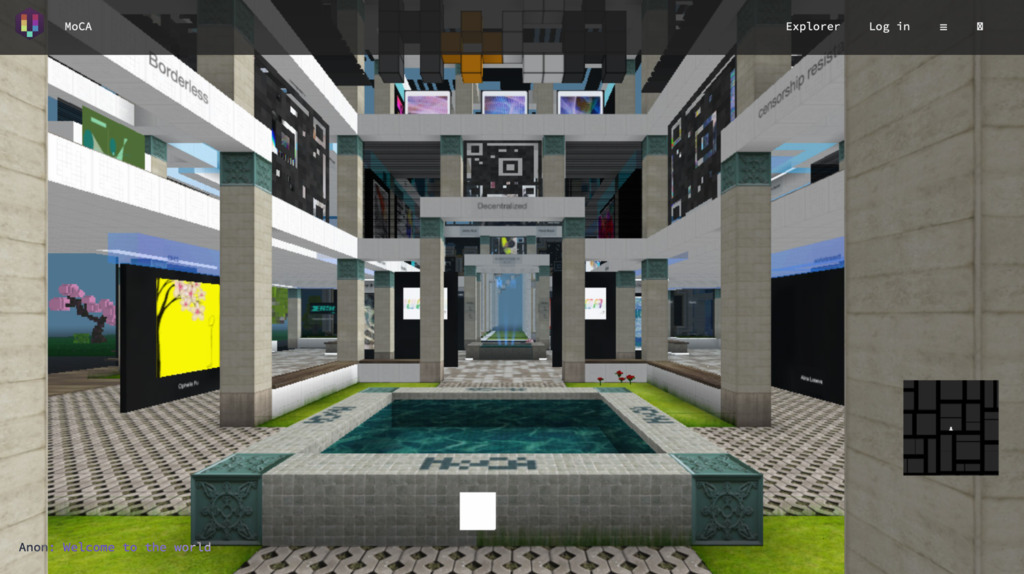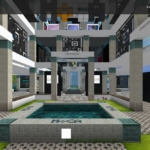

Comprendre les NFT avec Benoit Couty
Par Fanny Revault
For the past few years, we have witnessed a growing enthusiasm for NFTs in the art market, but few truly understand what an NFT (Non-Fungible Token) is. While these unique digital images have led many artists to create differently, outside the realm of institutions and galleries, they have also attracted the curiosity of investors who saw them as an investment opportunity.
How do NFTs work? What are the drawbacks and advantages for artists? How does this virtual world fit into the traditional art scene? Interview with Benoit Couty, co-founder of MoCA, the first European museum of Crypto-Art.
What is an NFT?
It’s complicated to define NFTs; there are probably several definitions. The simplest, I think, is to say that an NFT is a certificate of ownership linked to a digital file.
Any type of digital file—it could be a JPEG, an MP4, a GIF, or even an MP3.
As long as you have a digital file, you can associate it with an NFT, which becomes the certificate of ownership of that file. Through special technology, the two are inseparable, and you have proof that the file is linked to this NFT, which then becomes the ownership certificate of that file.
When and how did NFTs emerge?
The first NFTs appeared in 2018. But in 2018, it wasn’t at all part of the traditional art world, nor even the digital art world.
It was a small group of rather geeky artists interested in digital art who embraced this technology and were the first to create digital works. These were mostly unknown artists.
Well-known digital artists entered this ecosystem and technology later, around 2020-2021, because they saw it was gaining momentum.
Museum of Crypto Art :
https://www.voxels.com/play?coords=E@146W,126N